Need help setting up the soil in a new yard for planting
melheartflowers
6 years ago
Featured Answer
Sort by:Oldest
Comments (27)
melheartflowers
6 years agoRelated Discussions
Setting Up the front yard Terrace
Comments (2)The moving should start in the next few days. My new stuff starts coming mid to late April and after. Need to get the moving done before then. Need to look at the sticks I put in for the planting again just to make sure it is going to be the way I wanted it. Best to sleep on it. I can not do anything without using markers to lay out the garden before planting starts. If I don't and just try to plant, you have no idea of what a mess it turns out to be. Me, not getting new daylilies in spring? Surely not. I just can not resist ordering. Don't know how I will manage next year as I am OUT OF ROOM :-((...See MoreNeed help w/sandy soil erosion in front yard
Comments (7)Yeah thanks guys. I do any work outside early or late after sun goes down. I came home with some Purple Fountain grass, said grows 1-3 ft, to go with the cordgrass and muhly I already planted. I also came home with more Coreopsis, and one Gaillardia (50% off! last one). I have planted already 3 coreopsis (dwarf) and some portulaca that keeps popping up in the yard. I know I will have to weed eventually but I'm afraid to pull anything that is growing at the moment! I think I will pull up weeds and remaining lawngrass after my other plants are established. I will water them till they are established and occasionally if they need it but my regular St. Augustine needs to be watered at least 2x a week or it starts to die back. I also took some seeds from a very pretty beach sunflower that I found at the park ( the seeds only, just a little bit :), I also have some other Gaillardia (indian blanket) in the back that I started from seed and when they get bigger they'll go out front too. I also found a patch of beach sunflower out back that I'll attempt to propagate further. Seeds just take so long to get going I had to buy some already grown plants. Gosh it's so much work though :) Let's hope it works! I'll update after I get it all in....See MoreNew house, new yard. Yard needs help!
Comments (7)I was thinking about that 165gallon pond... You might want to make it above grade for two reasons - having an edge to sit on thankfully while trailing your fingers; and not having to hack through a bazillion tree roots to install it. You may need to think about either a leaf net or a cover for autumn when the leaves come down in bulk. I have a pool cover of wire netting over mine - to keep out the swamp hens and hedgehogs - and it also catches most of the trees' leaves as well. I agree about the chain link fence - and it does seem to have attractive uprights. However - can you easily get behind it to weed? Or are you going to pay the 'fibro price' for pulling and tugging in an awkward position? Thinking of bee-friendly plants for dappled light - forget-me-not (Myosotis)is great in spring (and an oh dear! if your dog has a long coat but they are easily combed out), Dicentra, Heuchera, Hosta, Clematis - which could do well in one of the lower trees, Prunella. And the simpler forms of Dahlia are much-visited, as are Buddleias. My old dog was always fond of shady 'scrapes' under shrubs or ornamental grasses. Or the middle of the Iris innominata...:-( The wooden decking was popular, too. If you find your tree roots rapidly colonising any garden beds you make you may have to either make raised beds with a barrier layer and above ground drainage points - or move to container growing. They might be why your yard has hungry sandy soil and weeds. The tree looks a bit like a birch of some kind. (Secondary guess would be a flowering cherry.)...See Morenew home need advice to spruce up front yard
Comments (11)I think the evergreen shrub on the right corner looks fine. (The others not so much.) You need a tallish shrub at that corner anyway. I definitely agree with a solid color on the front door. And the over and under trim on the double window on the right looks a little odd. I'm guessing you might be able to remove the top trim piece cause there might be brick under it, but I'm not so sure about the blue trim under the double window. Maybe you could paint it to blend with the brick? Or plant something tall enough to hide it but not hide the windows. I like the deep blue on somebody's sample picture above. Could you paint everything that's currently baby blue?...See Morergreen48
6 years ago- melheartflowers thanked daninthedirt (USDA 9a, HZ9, CentTX, Sunset z30, Cfa)
glib
6 years agomelheartflowers
6 years ago- melheartflowers thanked daninthedirt (USDA 9a, HZ9, CentTX, Sunset z30, Cfa)
melheartflowers
6 years ago- melheartflowers thanked daninthedirt (USDA 9a, HZ9, CentTX, Sunset z30, Cfa)
melheartflowers
6 years agomelheartflowers
6 years agolast modified: 6 years agomelheartflowers
6 years agomelheartflowers
6 years ago
Related Stories

GARDENING GUIDESHave Acidic Soil in Your Yard? Learn to Love Gardening Anyway
Look to acid-loving plants, like conifers and rhododendrons, to help your low-pH garden thrive
Full Story
FARM YOUR YARDHow to Get Good Soil for Your Edible Garden
The nutrients in your soil feed the plants that feed you. Here are tips on getting it right — just in time for planting season
Full Story
GARDENING GUIDESHouzz TV: Make a Worm Bin for Rich Soil and Happy Plants
A worm-powered compost bin that can fit under a sink turns food scraps into a powerful amendment for your garden. Here’s how to make one
Full Story
GARDENING GUIDES8 Unthirsty Plants Help You Save Water in Style
Spend less effort and money on your landscape with drought-tolerant and native plants that liven up your yard
Full Story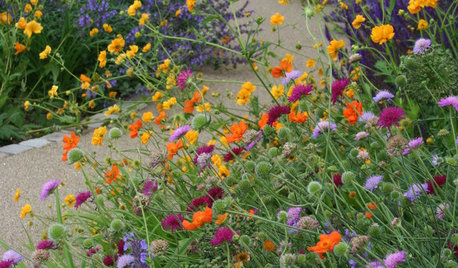
PLANTING IDEAS3 Color Palettes to Help Set Your Garden’s Mood
Select plants in these color combinations to create an outdoor space that’s cheerful, energizing or calming
Full Story
LANDSCAPE DESIGNHow to Shape a Rain Garden and Create the Right Soil for It
Learn how to grade, lay out and amend the soil in your rain garden to support your plants
Full Story
GARDENING GUIDESGardening Solutions for Dry, Sandy Soils
Has your desert or beachy site withered your gardening creativity? Try these ideas for a beautiful, easy-care landscape
Full Story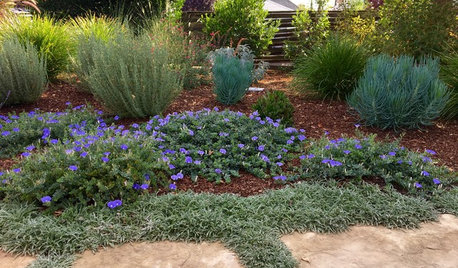
GARDENING GUIDESWhat to Do This Fall to Build Healthy Garden Soil
Take advantage of the cool season to improve soil texture and replenish nutrients
Full Story
GARDENING GUIDESHow to Pick a Mulch — and Why Your Soil Wants It
There's more to topdressing than shredded wood. Learn about mulch types, costs and design considerations here
Full Story
FLOWERS AND PLANTSHelp Monarchs and Other Butterflies by Planting Common Milkweed
Summer-blooming Asclepias syriaca is an important larval host plant for the monarch butterfly and attracts a number of pollinating insects
Full Story



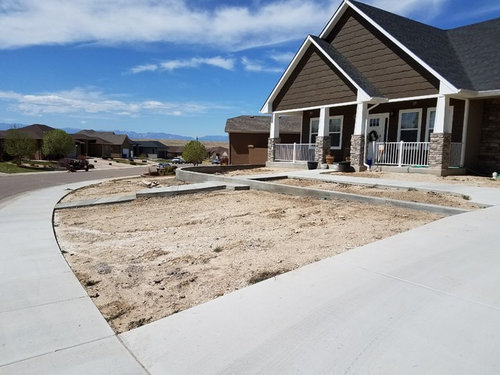
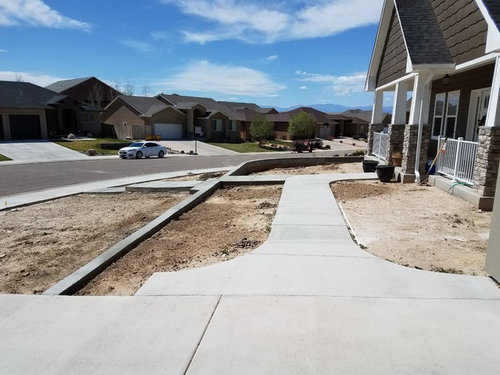
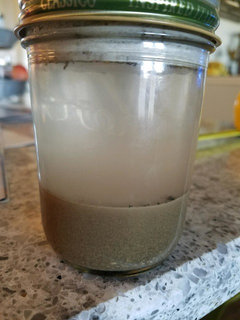
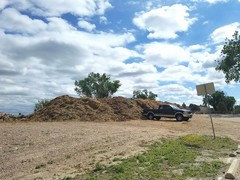

daninthedirt (USDA 9a, HZ9, CentTX, Sunset z30, Cfa)